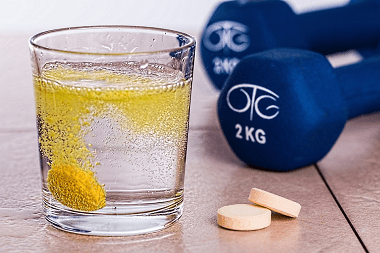Fitness and health >>>> How not to get sick after training
How not to get sick after training.

Modern life requires a person to more and more meet certain aesthetic requirements, which has led to the fitness craze. But fitness training is not as harmless to health as it might seem at first glance. Many fitness exercises come from professional sports, and even though they are tailored to the needs of non-athletic people, fitness training should be treated with caution. There is a risk group, which includes people with a certain health condition, for whom fitness can become an impetus for illness, and not for recovery:
- previously not involved in any sports and did not have sports loads;
- those who made long breaks in physical education and sports (breaks of several years);
- overweight, which creates additional stress on joints and muscles;
- having injuries of unsportsmanlike origin (sprains or tears of muscles, household injuries of the joints);
- trained people, but with chronic diseases of the musculoskeletal system;
- people with age-related changes in the joints.
Fitness-exercise safety is a conventional concept. Any exercise, to one degree or another, puts a strain on the joints and muscles. And exercises performed at a too fast pace, with unheated muscles, with the wrong trajectory of the spine or limbs, are potentially traumatic.
Signs of increased stress on the muscular and articular apparatus are prolonged pain. Sharp loads on the muscles make the blood move faster, and untrained blood vessels, an untrained heart may not cope with such a situation, which, as a result, will cause an increase in blood pressure (an attack of arterial hypertension), dizziness, darkening of the eyes and even fainting. Exercises with weights, chosen inadequately to the state of health of the articular-muscular apparatus, can cause sprains, compression of the vertebrae, tears of muscles, joint capsule, displacement (subluxation) of the joints.
For this reason, in order not to get sick after training, you must:
- Pre-warm up the muscles,
- Dose the load,
- Increase the load gradually,
- Do the exercises smoothly and correctly,
- Start with simple exercises,
- Take the most stable body positions during the exercise period,
- Adapt some exercises to suit your individual health condition,
- Do not exercise despite the pain symptom,
- Do not chase the result despite the state of the body.
It is unacceptable to train during periods of illness, in the first days after the end of the illness, in moments of poor general condition.

Read

Read



























